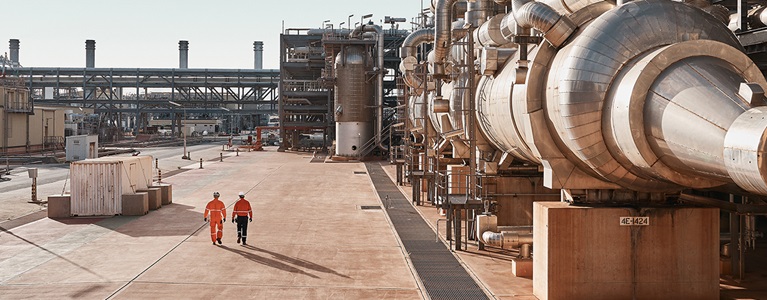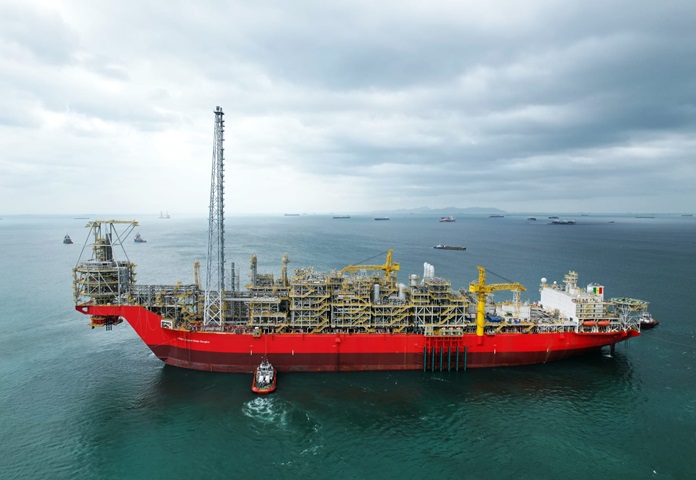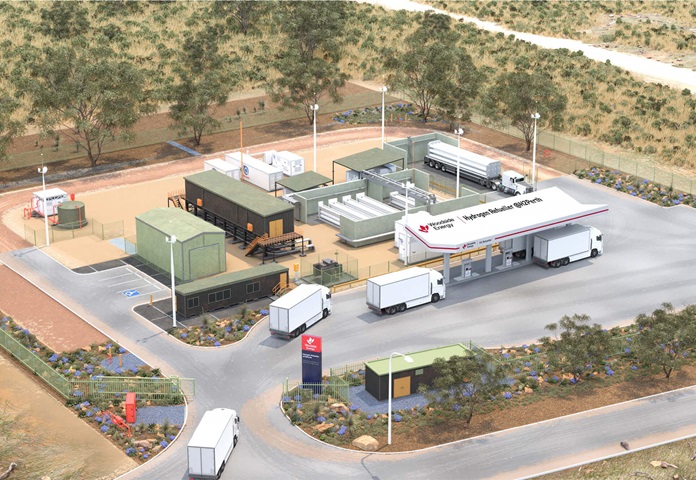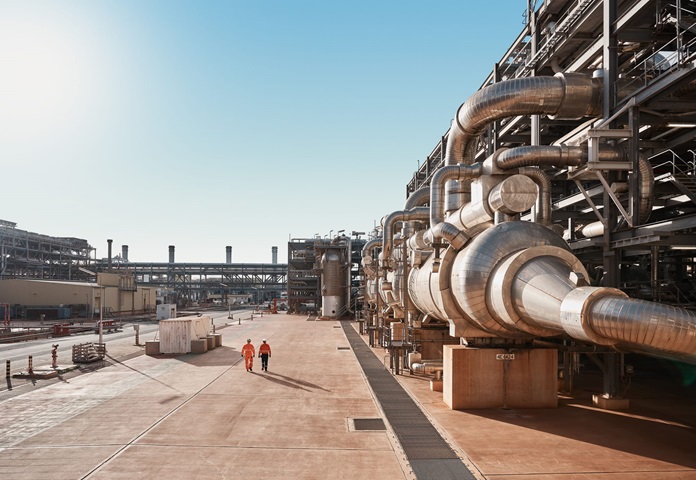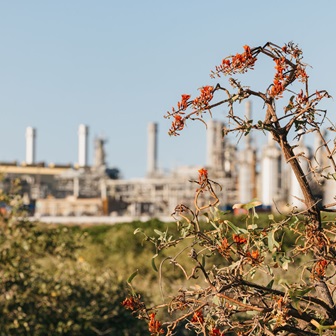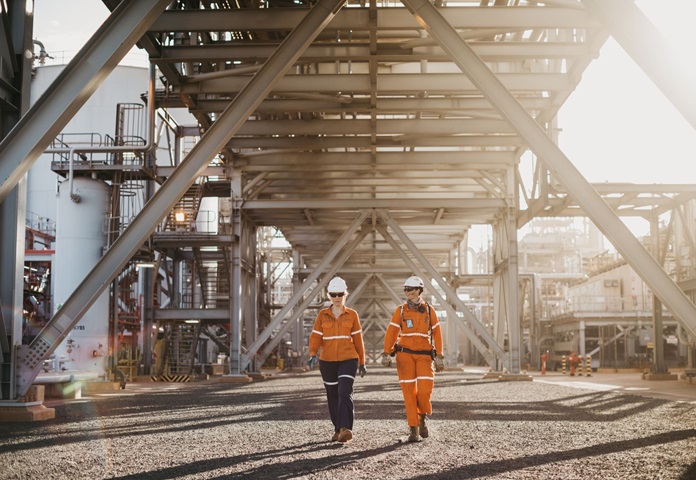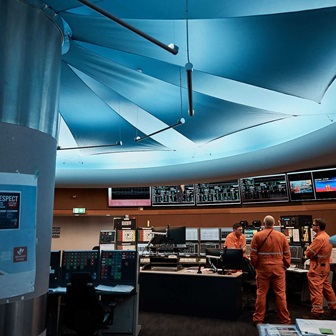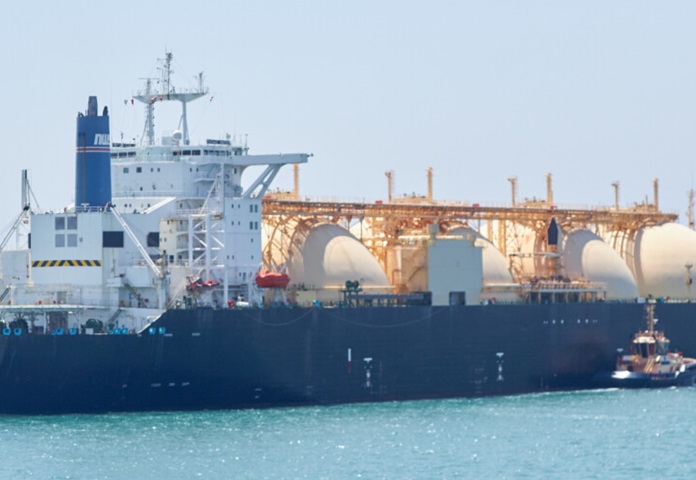
Natural Gas
Asia has more than half of the world’s people and is growing.1 Across Asia many countries are still heavily reliant on coal which accounts for approximately 50% of total energy supply in the Asia Pacific.2 Woodside’s LNG is located close to Asian customer demand centres which enables lower shipping emissions.3 LNG typically offers longer-term cash flows and lower Scope 3 intensity (but higher Scope 1 intensity) than the oil projects in Woodside’s portfolio.

